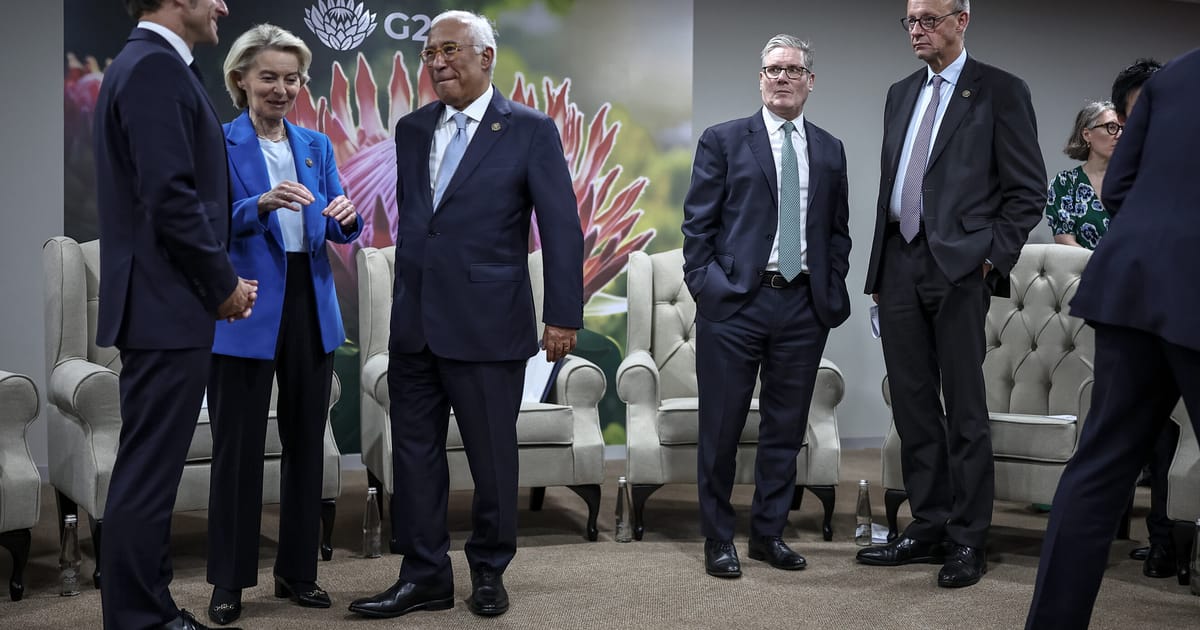The talks will be held at the level of national security advisers. Bjoern Seibert, the head of cabinet for European Commission President Ursula von der Leyen, is expected to represent the EU, alongside Pedro Lourtie, the top aide to European Council President António Costa.
Among other points, the Europeans are expected to push Trump’s team to dilute their proposal for handing territory in the Donbas region of eastern Ukraine to Russia. Instead, they want any ceasefire to start from the principle that the conflict will be frozen on the current “contact line,” but that this would only be to allow talks to begin, not as a final settlement.
Ukraine and its European allies strongly reject the idea that Kyiv should be required to give up land by force. NATO and EU allies worry that such an outcome would simply encourage Russian leader Vladimir Putin to expand his territorial ambitions and attack them next.
More work needed
On Saturday, more than a dozen leaders — including Germany’s Friedrich Merz, France’s Emmanuel Macron, the U.K.’s Keir Starmer, the EU’s von der Leyen, Finland’s Alexander Stubb and Canada’s Mark Carney — met for an urgent discussion at the G20 summit in Johannesburg to coordinate their response to Trump’s plan with Ukrainian President Volodymyr Zelenskyy.
“The draft is a basis which will require additional work,” the leaders said in a joint statement afterwards. “We are clear on the principle that borders must not be changed by force. We are also concerned by the proposed limitations on Ukraine’s armed forces, which would leave Ukraine vulnerable to future attack.”
The leaders are seeking to reassure Zelenskyy that they will stick by his side even if Trump does not. And their statement hinted at their displeasure at parts of the U.S. proposals that affect the EU and NATO, saying any such provisions would require proper “consent” from these bodies.
